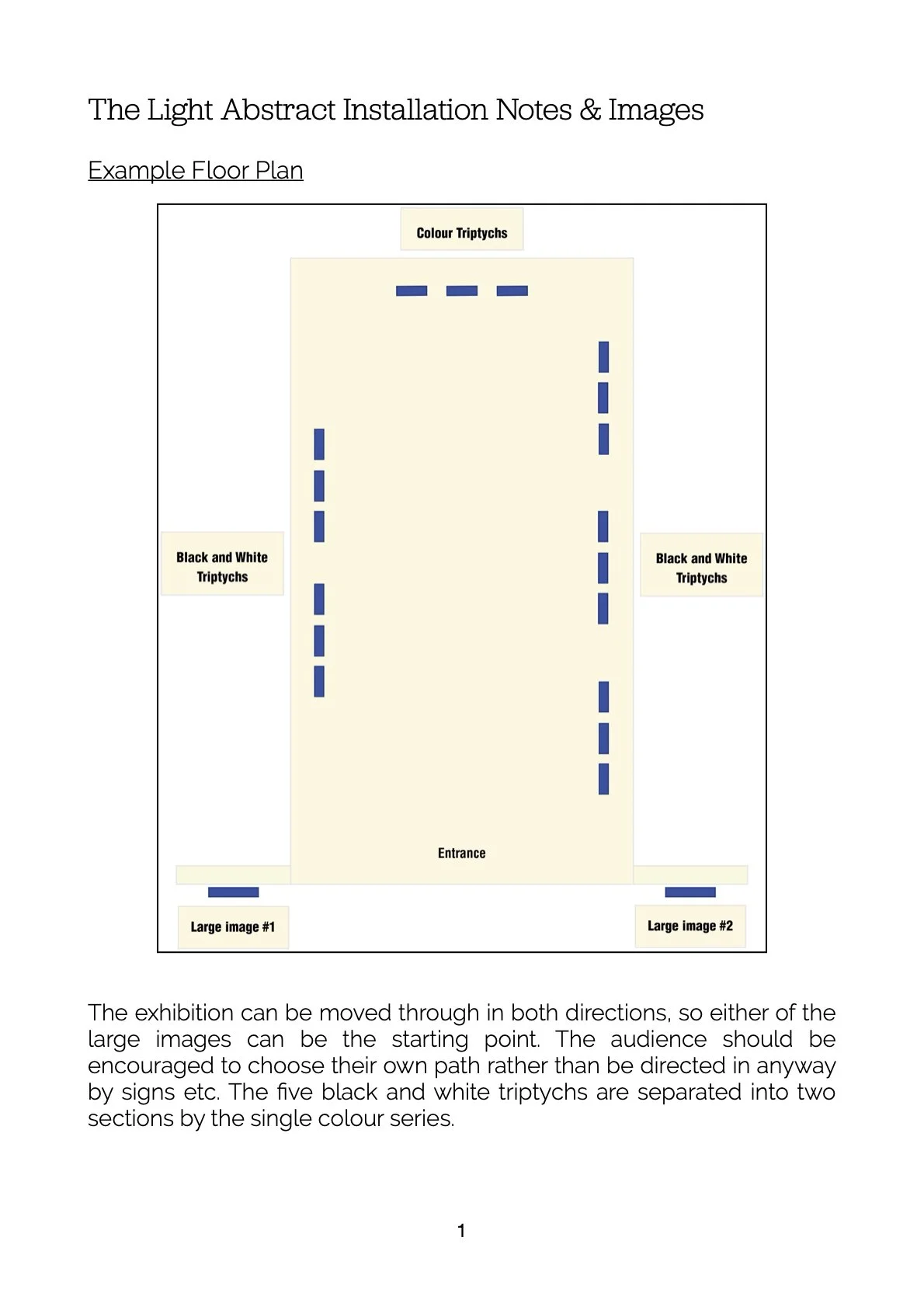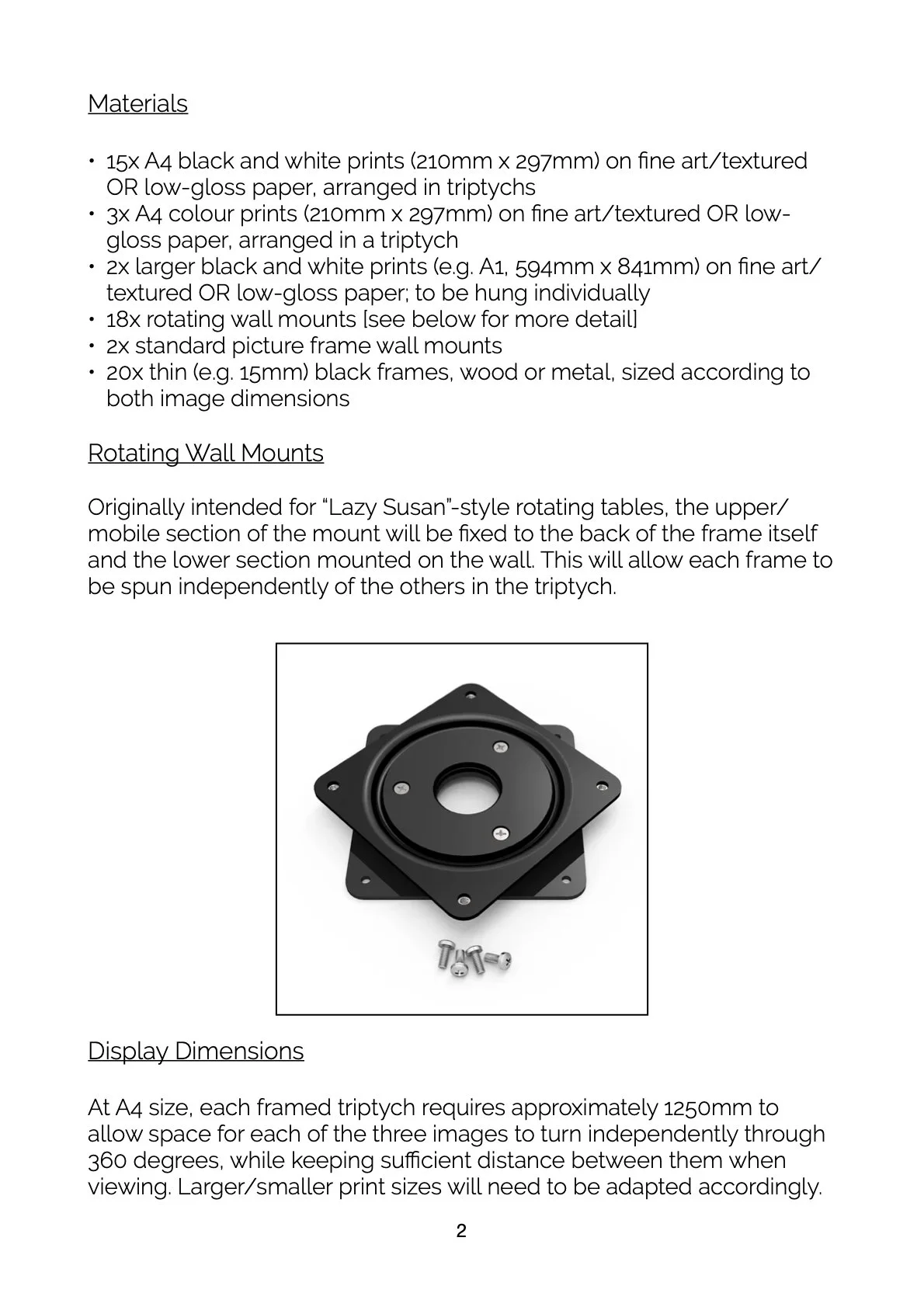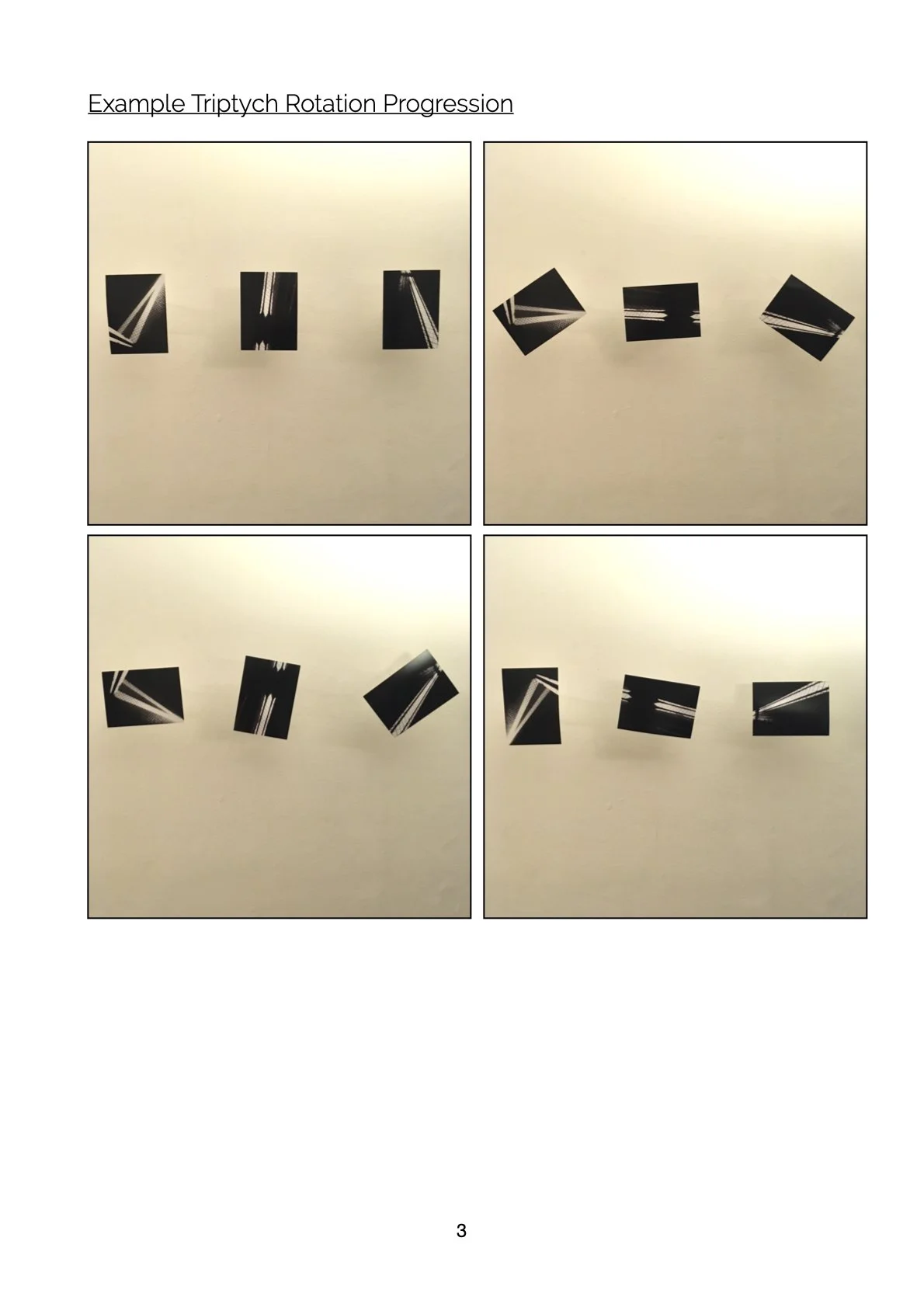
The Light Abstract
No light, no photographs; but, then: no darkness, no photographs. Each defines the other through their opposition, negating and sustaining.
What if it were the absence of light that created the images: darkness, normally obscuring, becomes the medium; light, the canvas onto which shadows paint the picture. The assumed negative becomes the positive.
Definition through opposition.
The power of art is that you can take whatever you want it from it. Even if something was created with a specific purpose or idea, even if it uses clear imagery, what comes out is only that which you bring.
Creation through communication.
While a picture itself constrains how you see it, it does not take away all your freedom: different people see differently, and those differences are revealing. You are free to interpret these images as you wish.
Claude Roy, a French writer I know nothing about, said art is the shortest distance between two people.
Let’s take a step towards each other.
The Light Abstract is a mobile phone project I completed after moving to France following a few months doing photojournalism in Cambodia; using a phone was a quick way of working compared to the research, writing and editing I had been doing up until then. The first photos I took reminded me of Rorschach inkblot images, and I began to look for series of shadows and silhouettes that could be interpreted differently depending on the orientation of the frame.
As I took more images I began to think more about the relationship, both emotional and physical, between art and the viewer. I have always felt strongest about the art that has allowed me space to form an impression or feeling, regardless of what the artist had intended or what is being depicted; at the same time, there are often real and implied distances: the artist is not in the room to explain, and the work is cordoned off or otherwise not allowed to be touched. To stay true to this belief and reduce that distance, I wanted to physically involve the viewer in this exhibition — to make it in fact rely on their interaction.
The frames of each triptych will be hung on rotating mounts and spaced so that each can move freely through 360 degrees, allowing the viewer to create their own interpretation of the series as they wish. The monochrome triptychs are arranged to move from harder lines and defined shapes to more abstract and softer forms, with a single colour series separating the two. At each end of the triptychs will be a single, larger print that does not rotate – one representing order and symbolism, the other chaos and freedom. This will give the viewer a slightly different experience depending on where they start, with the aim to show both that seemingly fixed ideas can be broken down and diffuse thoughts can become clear statements; they should simultaneously leave behind their preconceptions yet be prepared to make decisions about how to arrange the pieces.
By encouraging viewers of The Light Abstract to rotate the frames, they become the exhibition’s creators; perhaps revealing a bit about themselves in the process — as with Rorschach’s inkblots — but also forming a stronger connection with the work and myself through their contribution.































